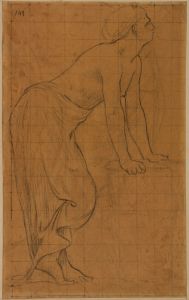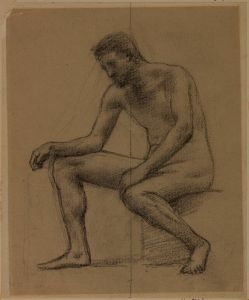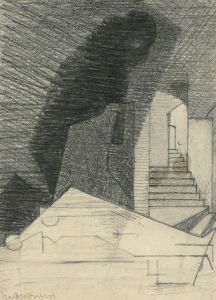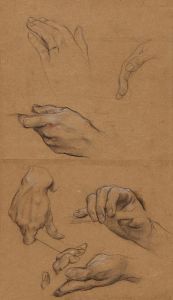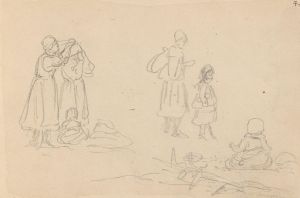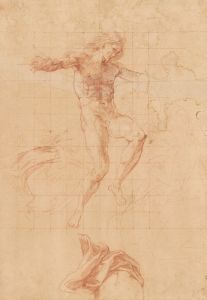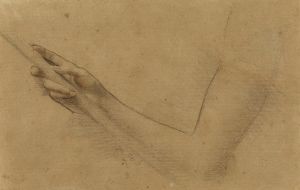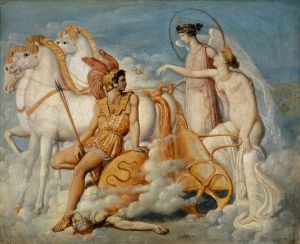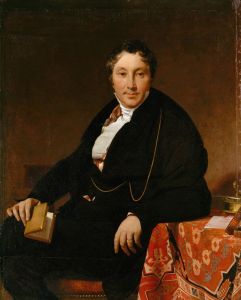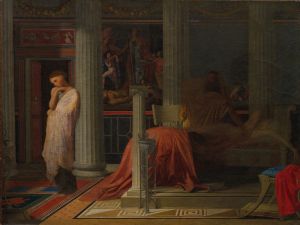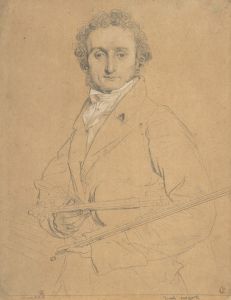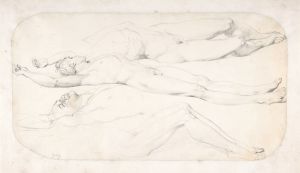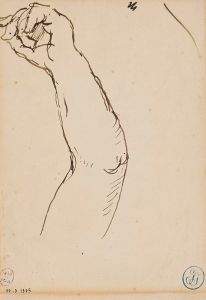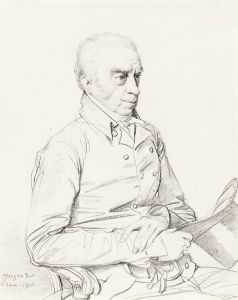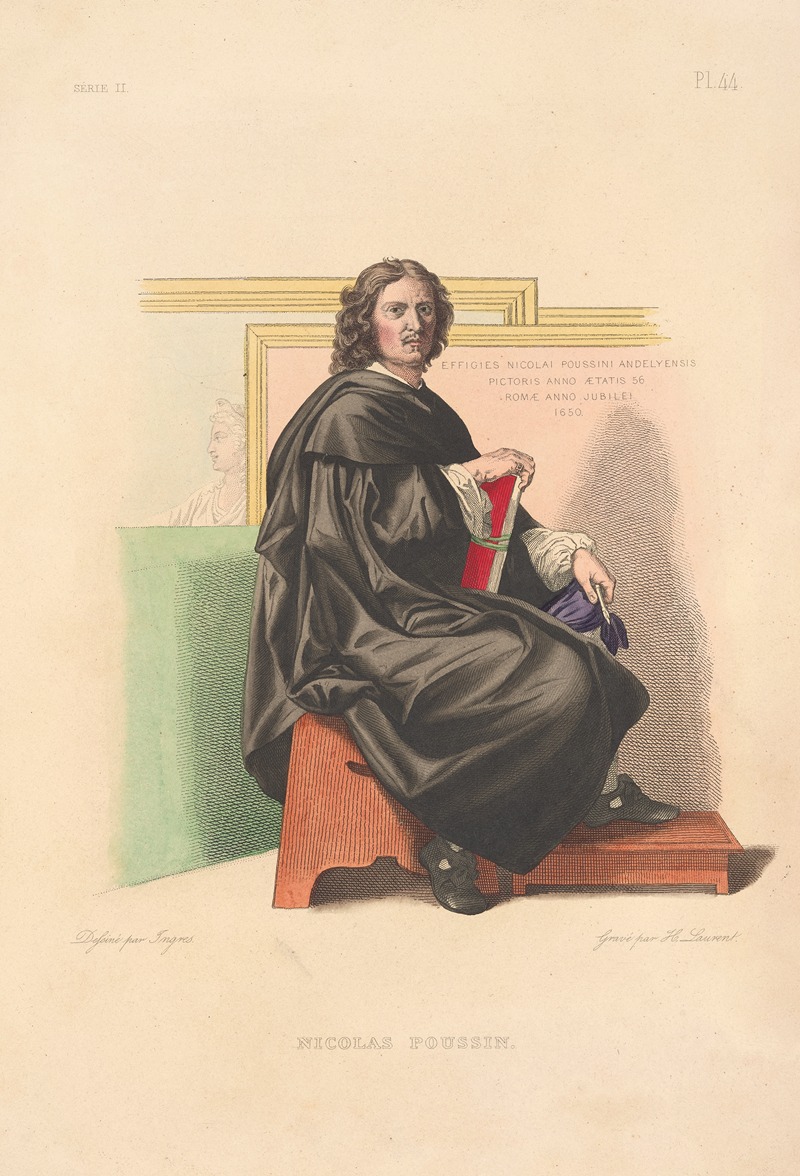
Nicolas Poussin
A hand-painted replica of Jean Auguste Dominique Ingres’s masterpiece Nicolas Poussin, meticulously crafted by professional artists to capture the true essence of the original. Each piece is created with museum-quality canvas and rare mineral pigments, carefully painted by experienced artists with delicate brushstrokes and rich, layered colors to perfectly recreate the texture of the original artwork. Unlike machine-printed reproductions, this hand-painted version brings the painting to life, infused with the artist’s emotions and skill in every stroke. Whether for personal collection or home decoration, it instantly elevates the artistic atmosphere of any space.
Jean Auguste Dominique Ingres, a prominent French Neoclassical painter, created the portrait "Nicolas Poussin" in 1827. This work is a homage to the renowned French Baroque painter Nicolas Poussin, who was highly esteemed by Ingres and many other artists of the time for his classical approach to composition and his dedication to the principles of antiquity.
The portrait of Nicolas Poussin by Ingres is a testament to the admiration and respect that Ingres had for Poussin. Ingres, known for his precise draftsmanship and his commitment to classical ideals, sought to capture the essence of Poussin, who was considered a master of classical French painting. Poussin's influence on Ingres is evident in Ingres's meticulous attention to detail and his emphasis on clarity and order in his compositions.
In the portrait, Ingres depicts Poussin with a calm and contemplative expression, reflecting the intellectual and disciplined nature of Poussin's work. The composition is simple yet powerful, with Poussin's face and upper body rendered with great precision and care. Ingres's use of light and shadow adds depth and dimension to the portrait, highlighting Poussin's features and giving a sense of his character and presence.
The background of the portrait is understated, allowing the viewer to focus entirely on Poussin. Ingres's choice of a neutral background serves to emphasize the timeless quality of Poussin's legacy and his enduring influence on the art world. The portrait is a study in restraint and elegance, qualities that both Ingres and Poussin valued in their work.
Ingres's portrait of Poussin is not just a representation of a fellow artist but also a reflection of Ingres's own artistic ideals. By choosing to paint Poussin, Ingres aligns himself with the classical tradition and pays tribute to the values of discipline, order, and intellectual rigor that Poussin embodied. The portrait can be seen as a statement of Ingres's own artistic philosophy and his commitment to the principles of classical art.
The painting is housed in the Louvre Museum in Paris, where it is part of the extensive collection of works by Ingres. The Louvre's collection includes many of Ingres's most famous works, and the portrait of Poussin is an important part of this collection, offering insight into Ingres's influences and his place within the broader context of French art history.
In conclusion, Jean Auguste Dominique Ingres's portrait of Nicolas Poussin is a significant work that highlights the connection between two of France's most important painters. It is a tribute to Poussin's legacy and a reflection of Ingres's own artistic values, demonstrating the enduring influence of classical ideals in the art of the 19th century.





